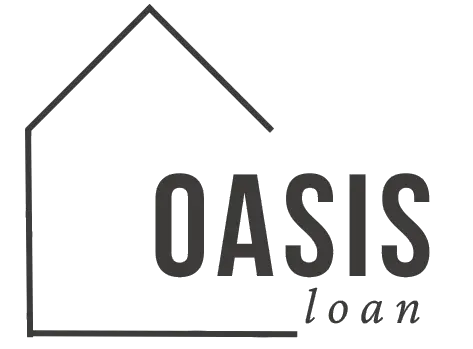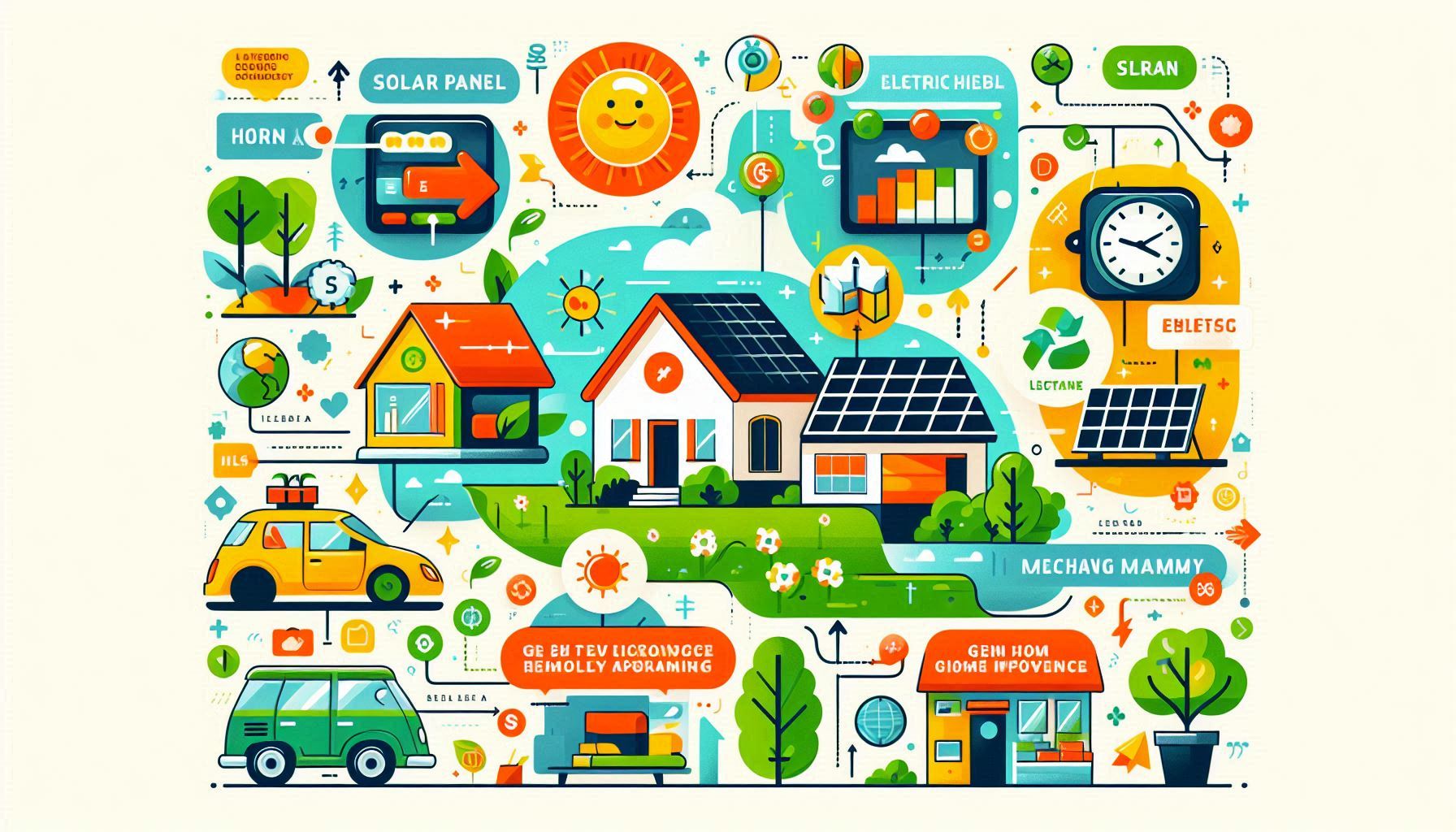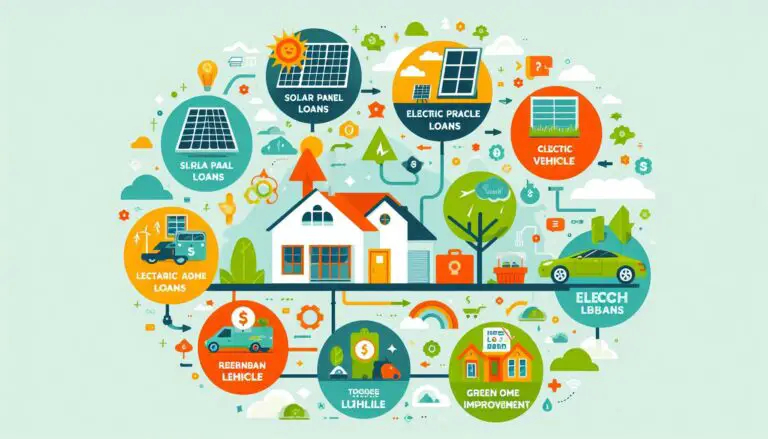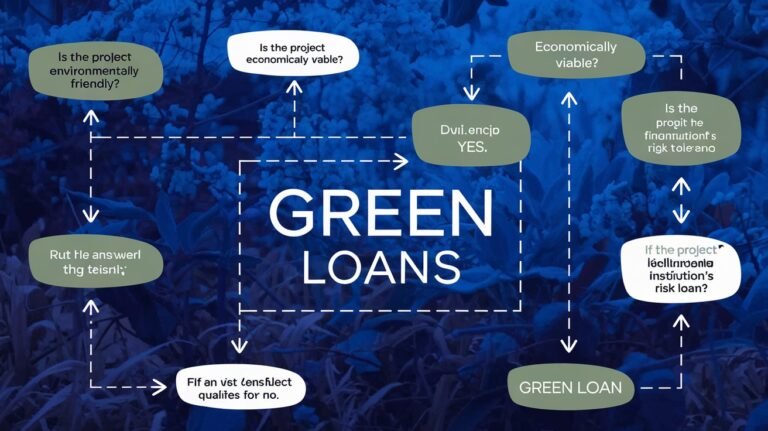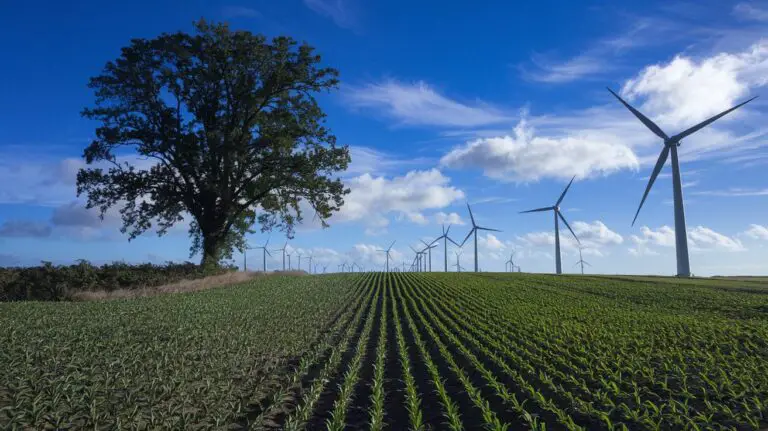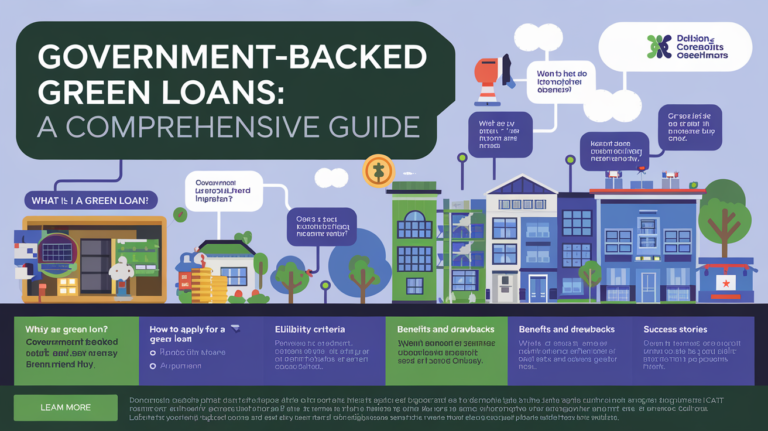Conventional Energy-Efficient Loans
When it comes to enhancing your home’s energy efficiency, conventional energy-efficient loans are a key financing option. These loans are designed to support green home improvements, such as installing solar panels and upgrading insulation. This article delves into what conventional energy-efficient loans are, how they work, and how they can benefit you. We’ll explore the types of loans available, their benefits, and tips for securing one.
What Are Conventional Energy-Efficient Loans?
Conventional energy-efficient loans are financial products aimed at helping homeowners make their homes more energy-efficient. These loans often cover upgrades like solar panel installations and other green home improvements. Understanding these loans can help you choose the right financing option for your renovation projects.
Definition and Overview
Conventional energy-efficient loans are not government-backed or specialized loans. Instead, they are offered by traditional financial institutions and banks. They typically have fixed or variable interest rates and are used to finance various energy-efficient upgrades.
These loans are available through standard lending channels and may offer competitive terms compared to government-backed options. However, they do require a solid credit score and proof of income for approval.
Types of Conventional Energy-Efficient Loans
There are several types of conventional energy-efficient loans you can consider:
- Personal Loans: Unsecured loans that do not require collateral and can be used for various home improvements.
- Home Equity Loans: Loans where the home itself serves as collateral, typically offering lower interest rates.
- Home Equity Lines of Credit (HELOCs): Similar to home equity loans but with a revolving credit line, allowing flexibility in borrowing.
Each type of loan has its own pros and cons, which should be weighed based on your financial situation and the scope of your home improvement project.
Benefits of Conventional Energy-Efficient Loans
Conventional energy-efficient loans offer several advantages that make them an attractive option for homeowners looking to invest in green home improvements.
Flexible Use of Funds
One of the main benefits of these loans is their flexibility. You can use the funds for various improvements, such as solar panel installations or enhancing insulation. This flexibility allows you to tailor the loan to your specific needs.
Competitive Interest Rates
While not always lower than government-backed loans, conventional loans can offer competitive interest rates, especially for those with good credit scores. These rates can help reduce the overall cost of borrowing and make your home improvement project more affordable.
No Need for Specialized Loan Programs
Unlike government-backed options, conventional energy-efficient loans do not require navigating specialized programs or meeting specific eligibility criteria. This simplicity can make the application process more straightforward and less time-consuming.
How to Qualify for Conventional Energy-Efficient Loans
Qualifying for conventional energy-efficient loans involves several steps. Understanding these requirements can help streamline the application process.
Credit Score Requirements
A strong credit score is crucial for securing a conventional energy-efficient loan. Lenders typically look for a score of 650 or higher, though some may require a score of 700 or above. A higher credit score can also help you secure a lower interest rate.
Income Verification
You will need to provide proof of income to qualify for these loans. This may include recent pay stubs, tax returns, or bank statements. Lenders use this information to assess your ability to repay the loan.
Home Equity Considerations
For home equity loans and HELOCs, having significant equity in your home can improve your chances of approval. Lenders typically require that you have at least 20% equity to qualify for these types of loans.
Applying for Conventional Energy-Efficient Loans
The application process for conventional energy-efficient loans involves several key steps. Following these steps can help you navigate the process smoothly.
Gather Necessary Documentation
Before applying, gather all necessary documents, including proof of income, credit reports, and details about your planned home improvements. Having these documents ready can expedite the application process.
Compare Lenders and Loan Options
Not all lenders offer the same terms and conditions. It’s important to compare different lenders and loan options to find the best fit for your needs. Look for competitive interest rates, favorable terms, and customer reviews.
Submit Your Application
Once you’ve chosen a lender, submit your application along with the required documentation. The lender will review your application and may request additional information before making a decision.
Review Loan Terms
If approved, carefully review the loan terms before accepting. Ensure you understand the interest rate, repayment schedule, and any associated fees. This will help you avoid surprises and manage your loan effectively.
Tips for Maximizing Your Loan Benefits
To get the most out of your conventional energy-efficient loan, consider the following tips.
Prioritize High-Impact Improvements
Focus on improvements that offer the most significant energy savings. For instance, solar panel installations can provide long-term savings on your energy bills. Prioritizing these upgrades can maximize the return on your investment.
Plan for Future Maintenance
Energy-efficient upgrades often require ongoing maintenance. Plan for these costs and incorporate them into your overall budget to ensure that you maintain the benefits of your improvements over time.
Consider Additional Financing Options
In some cases, combining a conventional energy-efficient loan with other financing options, such as rebates or tax credits, can enhance the overall financial benefits of your project. Research available incentives and consider how they can complement your loan.
Conclusion
Conventional energy-efficient loans offer a practical way to finance green home improvements. By understanding the types of loans available, their benefits, and the qualification process, you can make informed decisions that enhance your home’s energy efficiency and overall value.
Whether you’re interested in solar panel installations or other eco-friendly upgrades, these loans can provide the financial support you need to achieve your goals.
For more information on conventional energy-efficient loans and green home improvements, you can explore resources from the U.S. Department of Energy, Energy Star, and The Green Building Council.
